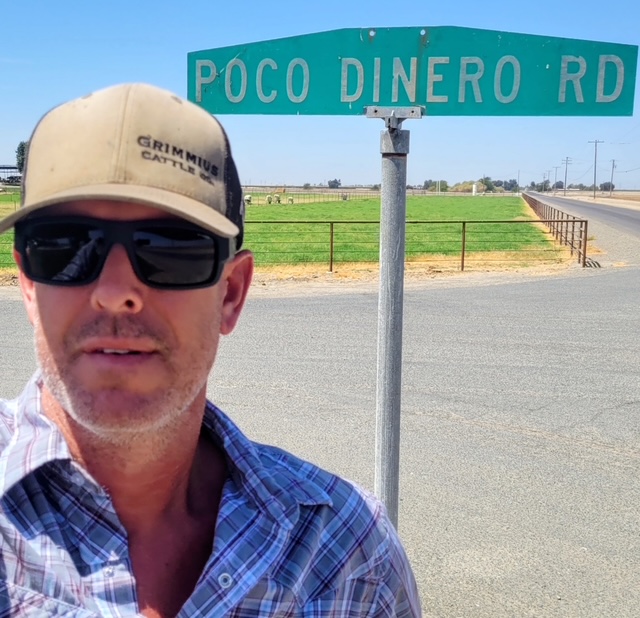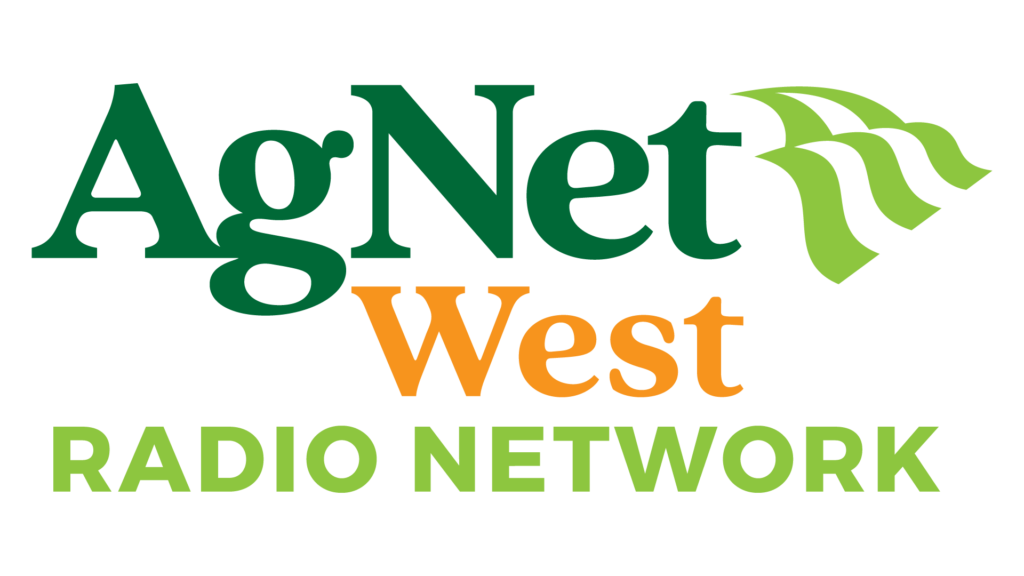
A Legacy Rooted in the Dairy Industry
In Hanford, California, dairy farmer Case Anker continues a proud family tradition that began in the 1940s. His grandfather immigrated from the Netherlands and established a life in dairy farming, passing the torch to Case’s father and eventually to Case himself. In the early 2000s, an opportunity outside the family helped him establish his own dairy operation. After a few moves, the family settled in Hanford, where they now milk cows, farm land, and grow feed to sustain the herd.
Baseball Dreams in a Farming Family
While the Anker family is rooted in agriculture, they also have deep ties to athletics. Case’s son, Jack Anker, recently fulfilled a lifelong dream by being drafted by the Pittsburgh Pirates after a standout career at Fresno State. Case recalls Jack declaring his professional baseball ambitions as early as fourth or fifth grade—a statement most parents might take lightly. But Jack’s dedication and work ethic turned that childhood dream into reality.
Jack is currently training in Bradenton, Florida, with the Pirates’ low-A affiliate, though he will not pitch this season after logging about 100 innings at Fresno State. Instead, his focus is on conditioning, strengthening, and preparing for future seasons. While Case sees potential for Jack to return to farming someday, he also envisions possibilities in scouting, coaching, or other baseball-related careers once his playing days are over.
Challenges of Dairy Farming in California
Dairy farming in California has become increasingly complex compared to when Case started in the industry. Regulations are more stringent, and while the number of dairies has declined, those remaining are highly skilled operations. However, milk prices—according to Case’s personal observation—have not kept pace with inflation, making profitability more challenging.
Case’s farm is part of a cooperative that supplies processors producing all types of dairy products, from milk and butter to cheese and powdered milk. While he doesn’t personally manufacture these products, he plays a key role in the supply chain that supports them.
Herd Management and Feed Production
Though Case keeps the exact number of cows private, his operation is substantial. He grows silage, winter wheat, and summer corn, primarily for his own herd. Occasionally, a surplus is produced depending on weather conditions, but most crops stay within the ranch to ensure a consistent and high-quality feed supply.
Water Realities in the Central Valley
Water remains a significant issue for farmers in Hanford. Case notes that while the quality is good, it is no longer inexpensive, and ownership rights have shifted. He acknowledges water as one of the state’s most pressing agricultural concerns.
The Outlook for Milk Consumption
Case has seen the public perception of milk shift over the years, much like other food products. He points out that professional sports organizations encourage athletes to drink milk, underscoring its nutritional value. At his son’s training facility in Florida, milk—both whole and chocolate—is available on tap for players.
Case believes dairy remains a staple in the human diet, one that has been essential for generations. While he acknowledges dietary trends will continue to rise and fall, his stance on milk’s benefits is unwavering.
Labor Stability on the Farm
Unlike some farmers facing labor shortages, Case considers himself fortunate to have an outstanding team, primarily Hispanic workers who are loyal and skilled. While he is aware of broader industry concerns related to immigration policies, his operation has not been significantly affected.
Supplying the Dairy Industry Through a Cooperative
Case is a member of California Dairies, Inc., the largest dairy cooperative in the state. About half of the milk from its members is processed in-house, while the other half is sold to major dairy companies like Leprino and Kraft. This ensures that his milk reaches a wide range of products and markets.
How Milk Pricing Works
When it comes to milk pricing, Case acknowledges it’s a unique system—federally regulated and calculated in reverse compared to commodities like oil. Instead of starting with the base product’s value and pricing end products from there, milk pricing begins with the retail prices of cheese, butter, yogurt, and other dairy goods. Those figures are then back-calculated into a formula that determines the farmgate price for milk. It’s a complex process that keeps dairy farmers closely tied to market trends in consumer dairy products.
Weather, Heat Stress, and Milk Production
Weather plays a crucial role in dairy productivity. While July 2024 has been mild by Central Valley standards—avoiding triple-digit heat—Case notes that a cow’s optimal temperature is in the high 50s to low 60s. Heat stress significantly reduces milk output, as cows pant to release heat, diverting calories away from milk production toward maintaining their body systems. Even with this year’s favorable temperatures, summer remains a challenging season for maintaining high production levels.
Cow Productivity and “All-Star” Producers
A cow’s peak production years typically occur during its third, fourth, and fifth lactations, once it reaches full maturity after multiple calves. Just like standout athletes, Case has a few “all-star” cows that consistently deliver exceptional yields—valuable assets in the herd.
Feeding Preferences and Comfort
Cows, much like people, enjoy a variety of flavors. While silage, alfalfa, and grains form the foundation of their diet, treats such as pressed citrus peel or molasses can add sweetness they seem to enjoy. Above all, comfort is key. Case invests heavily in cooling systems—fans and misters—to ensure cows remain stress-free, joking that his barns are cooler than his own house because, as he says, “they pay the bills.”
Balancing Dairy and Baseball Coaching
Beyond the dairy, Case serves as a pitching coach at Central Valley Christian High School, an outlet he loves despite the time constraints it creates during the spring season. Coaching allows him to mentor young athletes, helping them maximize their natural abilities while fostering competition and teamwork. Though it can pull him away from the dairy during critical months, he embraces the challenge of balancing both roles.
Navigating Good Years and Bad Years in Dairy
Case describes the dairy business as a constant cycle of ups and downs. Milk and feed prices fluctuate, and unlike other industries, dairy farmers can’t simply shut down when times are tough—cows must be fed and cared for every day. He likens his approach to that of a chipmunk: storing away resources during good years to sustain the operation during lean times.
A Message to Consumers
Above all, Case wants people to recognize the dedication behind every glass of milk or slice of cheese. Dairy farming is not about getting rich—it’s about a love for cows, the land, and agriculture itself. He views farming as one of humanity’s oldest and most essential professions, rooted in stewardship of the earth as commanded by God.
“Drink milk, eat cheese, buy that pizza,” he urges. “Support these dairymen. They work hard, and they care deeply about their animals and the land.”
Case Anker’s story is one of perseverance, tradition, and balance—rooted in the soil of Hanford’s dairy country and extending to the baseball fields where he mentors the next generation. Whether it’s caring for his herd or cheering on his son Jack’s journey with the Pittsburgh Pirates, Case’s commitment to his work, his family, and his faith remains unwavering.









